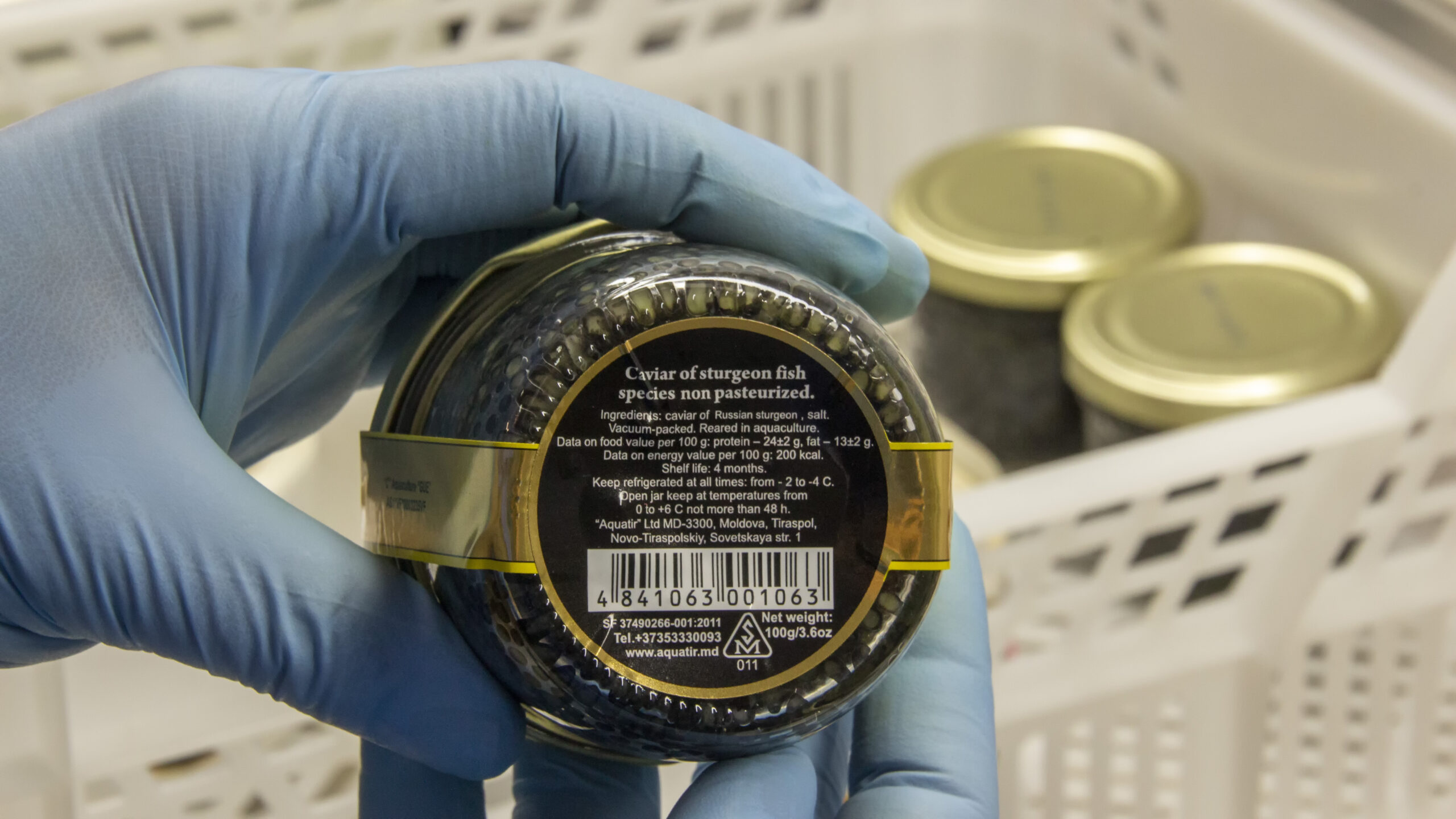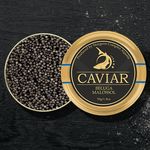
How to Choose Black Caviar: Tips from Those Who Know
Caviar is a delicate product. It’s luxurious, expensive, and sadly — often faked. So if you’ve decided to treat yourself or gift someone something truly special, it’s important to know how to spot the real thing.
Here’s a short but solid guide from people who know their caviar.
🧂 Real Caviar Doesn’t Scream Salt
One of the clearest signs of quality caviar is taste. It should be refined, mildly salty, with a rich aftertaste. If it’s overwhelmingly salty — someone’s hiding poor quality. If it tastes like nothing — it could be fake or even made from a gelatin-based powder (yes, that exists!).
Look for Malossol caviar — lightly salted (under 5%). That’s the sweet spot for taste.
🔍 Read the Label, Inspect the Tin
- Labels matter. It should clearly state the type of fish (beluga caviar, Russian sturgeon, bester, sterlet), date of production, preservation method (usually “Malossol”), expiration date, and country of origin.
- Packaging. Reliable producers use sealed tins or glass jars with safety seals. If the container looks sketchy — trust your gut and walk away.
- Certificates. Producers should have HACCP, CITES (for sturgeon), and health clearances. Especially important for international or online purchases.
🧊 Store It Right — Or Regret It
Even top-tier beluga caviar will lose its charm if stored warm. Keep it in the coldest part of your fridge — usually the bottom shelf. Once opened, consume within 48 hours.
And never freeze it — caviar doesn’t forgive that.
🍽 Packaging Can Be Fancy, But Taste Is What Counts
Don’t judge a caviar by its tin. Some of the best caviar comes in simple jars. Some mediocre ones? Wrapped in gold.
Focus on the producer, reputation, and — real customer reviews.
🛒 Where to Buy?
Stick to trusted sellers or buy directly from the farm. For example, Aquatir’s products are exported across the world and come with full certification. Direct-from-source means freshness, authenticity, and peace of mind.
Choosing caviar is a bit like choosing wine. It’s about the “grape,” the “winemaker,” and the storage. But once you learn the basics — the experience becomes even richer.





Leave a Reply